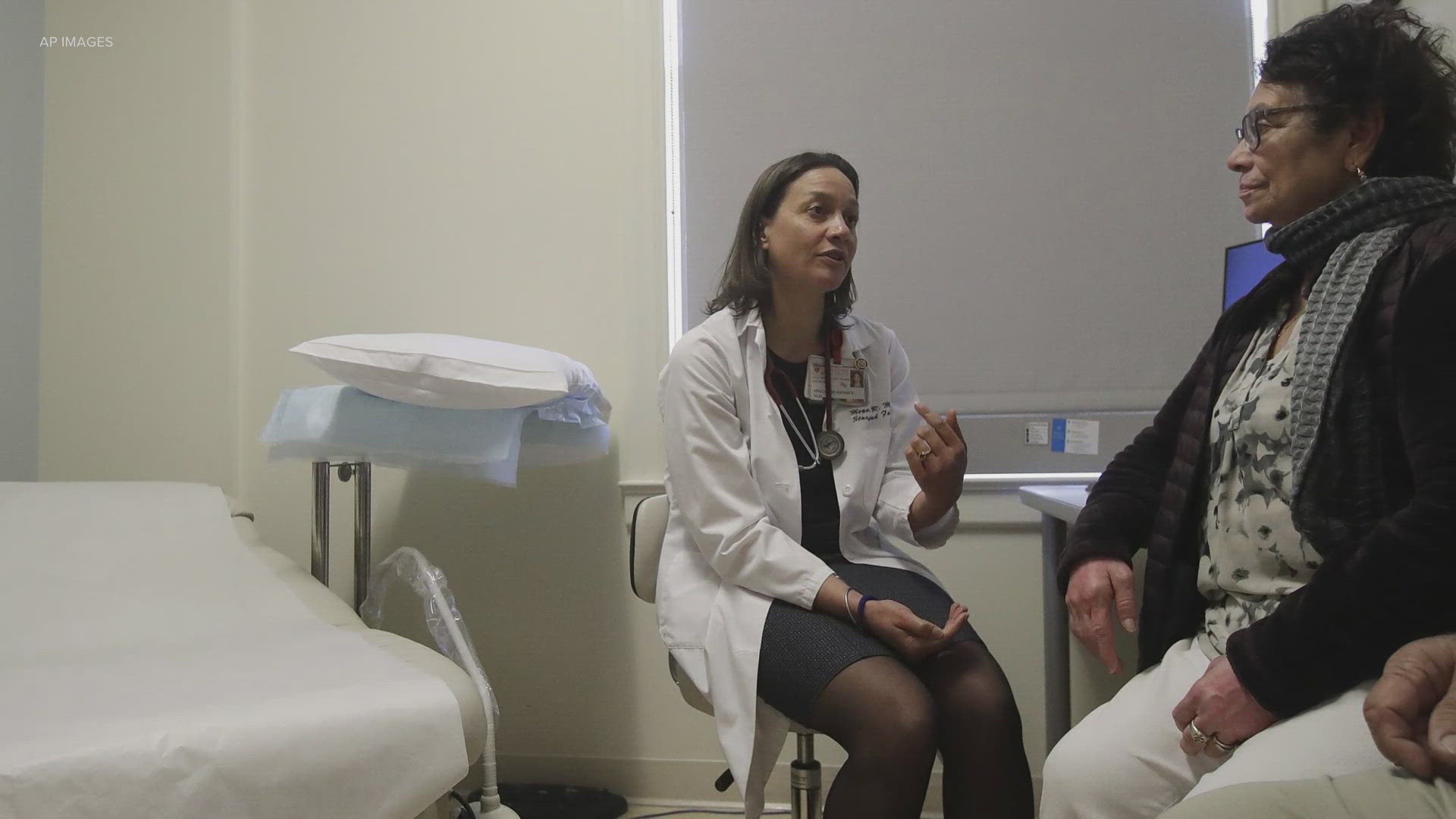SEATTLE — Getting an appointment with a new doctor in Washington can be a challenge, with patients sometimes waiting weeks or even months for an initial visit.
The problem is complex but boils down to supply and demand.
Data from the Washington the Office of Financial Management Health Care Research Center found there were approximately 7,987 primary care physicians serving the state, which in 2024, had a population of nearly 8 million.
Primary care physicians in the research comprised family medicine and general practice, geriatric medicine, general internal medicine and general pediatrics doctors.
The study also demonstrated the the physician-to-population rate of primary care, which went up from 97 physicians per 100,000 people in 2021, to 101 in 2022, and then decreased slightly to 100 in 2023.
The American Academy of Family Physicians projects that an additional 40,000 primary care physicians will be needed by 2036, and shortages are more significant in rural and underserved urban areas.
Why the Shortage?
Dr. Carla Ainsworth, a family physician and president of the Washington chapter of the Academy of Family Physicians (WAFP), explains the reasons for the shortage are also multifaceted.
On the patient side, she notes that the COVID-19 pandemic has led to a backlog of care, with many people who have delayed doctor visits since 2020, are still catching up.
"On the patient side, we know there are some folks who weren't getting care for the last few years, in part because of the pandemic. So there's been an increased demand for new, patient visits," Ainsworth said.
Ainsworth also pointed to an influx of new people moving around the state.
Kathleen Ashworth, a retiree who recently moved to the Seattle area from Yakima, made it her priority to find a primary care physician. As a diabetes patient, she knew how crucial it was to find a doctor to guide her.
"It's severe enough that if I didn't have a regular doctor who has an old-age view for diabetes, because how you treat diabetes in a 40 year old is very different than a 77 year old, " Ashworth said.
Fortunately, Ashworth was able to find Dr. Ainsworth, who specializes in geriatric care.
But it's not just patients who are moving — healthcare providers, including general practice doctors, are too. Ainsworth explained that many family doctors are retiring or relocating, which has exacerbated the shortage.
"Administrative Burden"
In addition to patient demand and provider turnover, another challenge is attracting new doctors to the field of family medicine. The long hours, heavy workload, and administrative burdens of the job can be overwhelming for current physicians, and students who are recruited into the field.
Ainsworth emphasized the need for better outreach to medical students, helping them understand the rewarding aspects of family practice.
"Part of the work we have to do is both have a better pool of medical students and we also need to do the work of explaining to them the joy and the satisfaction of being a family physician and also a job that can feel sustainable," she said.
Ainsworth also highlights the administrative strain on doctors. With much of their time spent on tasks such as charting medical records, obtaining prior authorizations and other clerical duties, doctors have less time to spend with patients.
"That has made it harder for us to take care of more and more patients over time. So as an individual, I might not see as many patients in a day as I could previously, just because the work has become more complex," Ainsworth said.
Artificial Intelligence a Possible Solution
With primary care doctors stretched thin, artificial intelligence may be a solution. Healthcare circles are experimenting with AI tools to assist in diagnosing and managing patient care.
A recent study published in the Journal of the American Medical Association (JAMA) in October, found that AI chatbots outperformed human doctors in making certain diagnoses.
Ainsworth believes AI could be a key part of addressing the shortage.
"Artificial intelligence has to be part of the solution. There's just too much work to do, and not enough people to do it," Ainsworth said.
She envisions AI being used to help with time-consuming tasks such as transcribing medical notes, following up on lab results, or summarizing medical records.
"Which allows me to do the thing of sitting side by side with a patient that I have known over time, offering them comfort in difficult times, and talking to them about a difficult diagnosis and their journey ahead," Ainsworth said.
Adapting to the Current Landscape
While AI may provide some relief in the future, Ainsworth stresses that for now, patients may need to be flexible and open-minded when seeking care.
She advises patients consider seeing a doctor who may not have been their first choice or to opt for younger doctors who are just starting out in their careers.
Telehealth is also bridging the gap in primary care access.
"I think you have to try not to worry about it. You have to take it slowly, and just keep going," Ashworth said.

